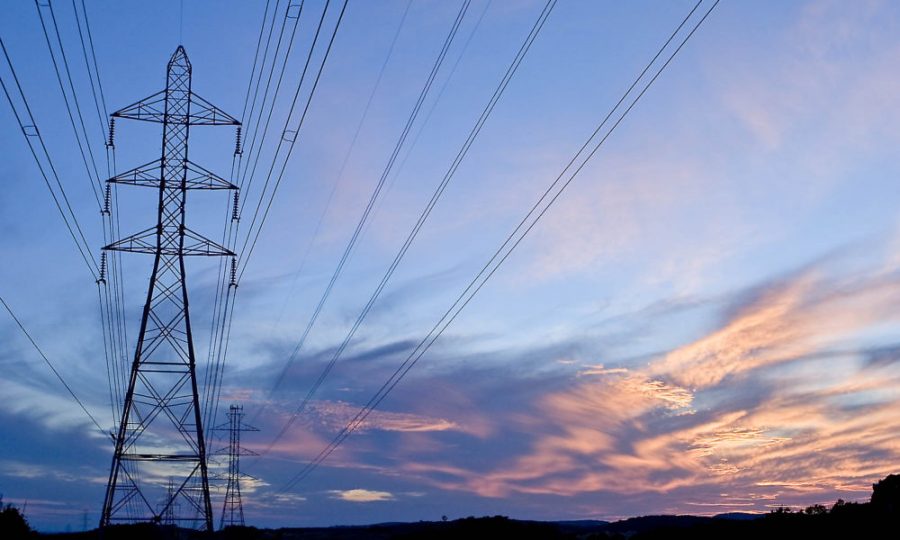KATHMANDU: With the increase in water flow in Nepal’s rivers and streams due to the rainy season, the Nepal Electricity Authority (NEA) has commenced selling surplus electricity to India. The NEA began this export on Monday night, June 14, through the Indian Energy Exchange (IEX) at competitive rates.
Executive Director of NEA, Kulman Ghising, announced that electricity production has surged, enabling the export of excess electricity after meeting domestic demand. Currently, Nepal is exporting approximately 400 megawatts (MW) of electricity daily. “As the flow of water in the rivers and streams is gradually increasing, electricity generation is also increasing. Domestic consumption during peak periods has reached 2,000 MW. In the past 7-8 years, daily electricity consumption was around one and a half million units, but now it has increased to four and a half million units,” said Ghising.
The bilateral agreement for electricity export involves selling around 200 MW to Bihar and about 400 MW to Haryana, facilitated by an agreement with NTPC Electricity Trading Corporation Limited-NVVN. A proposal for this arrangement has been sent to the Central Electricity Authority of India for approval.
So far, the Central Electricity Authority has approved the export of 656 MW from 15 Nepali hydropower projects to the competitive market. This includes a mid-term agreement allowing the sale of 110 MW to NVVN for five years from June to October, with NVVN subsequently selling this electricity to Haryana.
Additionally, Nepal has been permitted to engage in the electricity real-time market. Of the approved 656 MW, 586 MW is exported through the Dhalkebar-Muzaffarpur 400 kV international transmission line and 70 MW via the Mahendranagar-Tanakpur 132 kV transmission line.
Winter Electricity Imports
During the winter, the NEA imported electricity worth NPR 15.21 billion from India to meet domestic demand as hydropower generation from river-flowing plants decreased due to lower water flows. During this period, 1.81 billion units of electricity were imported.
From May of last year to this year, the NEA exported electricity worth NPR 15.62 billion to India. Since July of the current financial year 2080/81, exports have amounted to NPR 13.47 billion. Despite these exports, the NEA has imported electricity worth NPR 1.74 billion more than it exported this fiscal year, with 1.49 billion units exported.
The cost of imported electricity is slightly lower than that of exported electricity. The average price per unit of exported electricity is NPR 9.02, while the average price per unit of imported electricity is NPR 8.38.
Ghising noted that the NEA’s efforts have shifted Nepal from being a net importer to a net exporter of electricity. “Until 6-7 years ago, we were only importers of electricity. Although we started exporting electricity 2-3 years ago, imports still exceeded exports. However, from this year, we have transitioned to becoming net exporters,” he stated.
The NEA’s strategic management of electricity resources, including timely imports and exports, has significantly stabilized Nepal’s energy sector. The ability to export surplus electricity during the rainy season and import during the dry season ensures a balanced approach to meeting both domestic and international energy demands.

